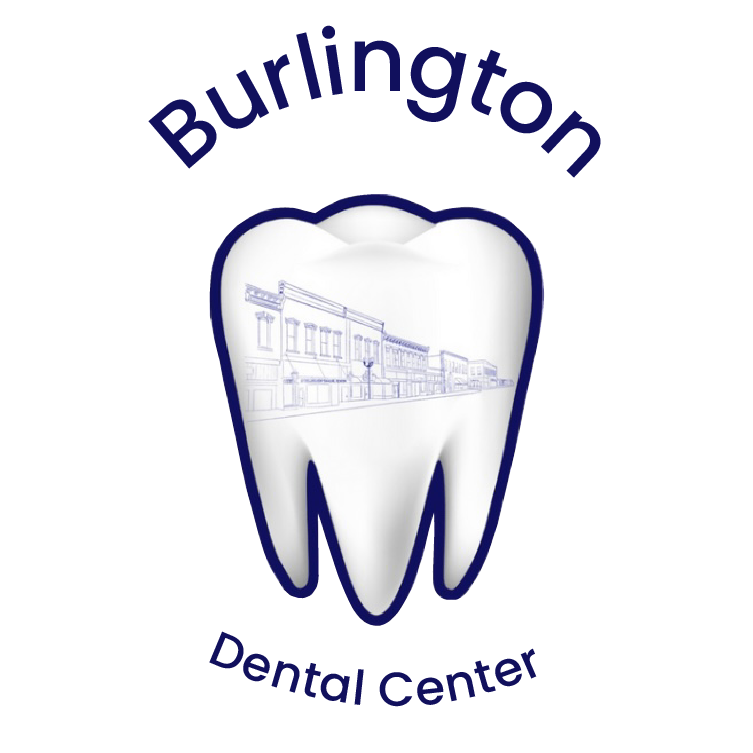Many individuals who enjoy a regular smoke might wonder about the repercussions of lighting up after getting a dental filling. It's a legitimate concern, as smoking can have a direct effect on dental health and post-procedure recovery.
Here, we dive into the specifics to ensure you make the most informed choice for your oral wellbeing.
Quick Answer: Can You Smoke After a Filling?
While it's best to avoid smoking altogether for your general health, if you're going to smoke, it's recommended to wait at least a couple of hours after receiving a dental filling. This can help reduce the risk of irritation.
It's essential to note that, unlike after a tooth extraction where smoking is critically discouraged due to risks like dry socket, the concerns after a dental filling are less severe.
Why is Smoking After a Dental Filling a Concern?
Oral Irritation: The act of smoking can irritate the freshly treated area, leading to discomfort or prolonged healing. This effect will be observed in the gums (such as the injection site and any soft tissues that were irritated during the procedure), rather than the tooth or filling itself.
Reduced Blood Flow: Nicotine, a primary component in cigarettes, constricts blood vessels. This can slow down the healing process around the filling site. Again, this effect applies to the soft tissues, rather than the filling itself.
Compromising the Filling: Smoking can introduce foreign particles that might adhere to the filling, resulting in staining on the filling. However, this is a risk whether you smoke immediately after getting a filling, or wait for weeks before resuming smoking.
Filling Post-Op Tips
Avoid Hard and Sticky Foods: This can prevent any undue pressure on the new filling and surrounding tissues.
Maintain Oral Hygiene: Keep the area clean to promote healing and prevent complications.
Monitor for Sensitivity: Some sensitivity after a filling is normal, but if it persists or worsens, reach out to your dentist.
Tips for Those Who Struggle with Smoking Cessation
If you find it challenging to abstain from smoking for even short periods:
Delay the Smoke: Try to hold off smoking for at least a few hours after the procedure. The longer you can wait, the better for your irritated gum tissues (and overall oral health).
Oral Hygiene: After you smoke, rinse your mouth with water to wash away some of the chemicals and reduce the risk of irritation.
Consider Alternatives: If you're feeling the urge, consider nicotine gum or patches to tide you over.
Final Thoughts
For the best recovery and to ensure the longevity of your filling, it's advisable to wait at least 2-3 hours before smoking. This reduces the risk of soft tissue irritation and other complications.
Frequently Asked Questions
Can smoking damage fillings?
Smoking (and chewing tobacco) can stain dental fillings, but should not harm fillings otherwise. For this reason, even though we recommend avoiding smoking for a few days after getting fillings, it isn’t absolutely essential to do so.
How long does a filling take to set?
Unlike the silver amalgam fillings of yesteryear, composite/tooth-colored fillings (which are far more common today) set within 30 seconds of being placed. So, by the time you leave your dentist’s office, tooth-colored fillings will be entirely hardened.
How long after a dental filling can I smoke?
Ideally, you should wait at least 2-3 hours after receiving a dental filling before smoking. This reduces the chance of complications. However, avoidance of tobacco products is far less critical after a dental filling than it is after a tooth extraction.
What happens if I smoke after a dental filling?
Lighting up too soon after a filling can irritate the treated area and might delay the healing process due to the effects of nicotine.
Does smoking make dental filling pain or discomfort worse?
It can. Smoking can cause inflammation and irritation in the mouth, which might exacerbate any discomfort associated with the new filling. However, there is not much risk of long-term harm to the filling.
* Though the author of this post is a licensed dentist in the state of Kansas, this information is provided for informational and educational purposes only. Please use your best judgment and contact emergency medical services in the event of an emergency.

